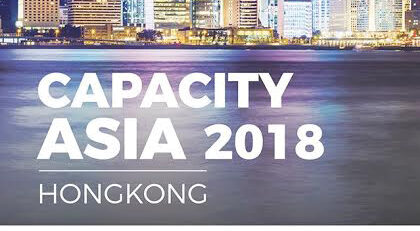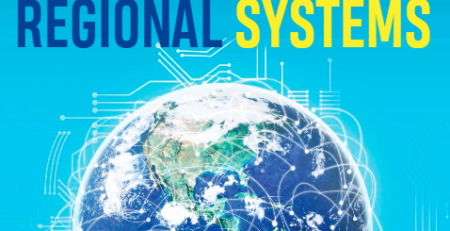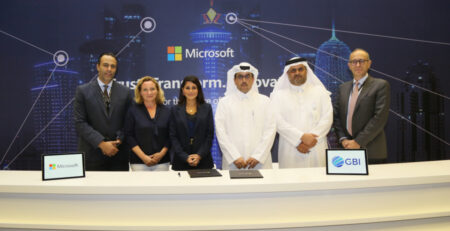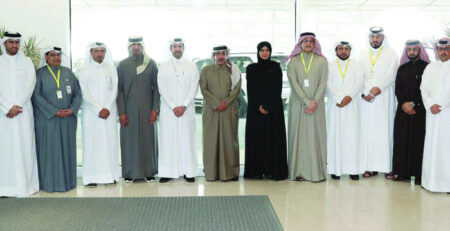A World Going Local: Subsea Cables
There are around 400 subsea cables functioning worldwide with a combined length of over 1.3 million km, handling 98% of all international internet traffic. This will only grow. Indeed, a whopping $8 billion in new cable investments has been planned over the next three years. Responsible for ensuring internet traffic meets its destination by the most efficient route, subsea cables are essential to global operations and a key feature of the world’s infrastructure, now and in the future.
Importantly, these cables provide connectivity to data centres all over the globe, proving they are a critical component of the global connectivity landscape. Their position is being further cemented due the growth of data centres, driven by the activity of hyperscalers like Microsoft who earlier this year pledged to build 50-100 data centres annually.
As demands on connectivity evolve, and with more businesses looking to local data centres to manage data for emerging technologies such as edge computing and IoT, subsea cables offer a reliable and effective way to meet global requirements.
Connectivity in a modern world
Due to the sheer volume of data and voice transmissions subsea cables carry, they are an instrumental part of modern communications, with a vast impact on social and economic development globally. As we move into a digital era – spurred on by the pandemic – where businesses and individuals everywhere are consuming an increasing number of digital products and services, the quality of network infrastructure is key in order to meet international connectivity requirements. Subsea cables are an essential part of this infrastructure, and new technology is continuously being developed to enable the delivery of improved capacity and latency performance.
Until recently, investment in subsea cables was largely driven by the need for access to low-cost, high-bandwidth international connectivity. Now, with the advancement of technologies such as 5G and cloud computing, which have more complex requirements, the demand for high-quality connectivity to support business-critical services is paving the way for investment – particularly given the growing number of local data centres.
Improving latency
Proximity to data centres is a key criteria now in the effective management and productivity for regional business. A good way to envision this is to think about how people now have home delivery for their household requirements. If you have to drive or take another mode of transport to get your groceries, you’re dependent on factors such as drive time, timetables, waiting times and whether the item could be out of stock when you get there. Having to go to the supermarket adds latency to the activity you’re trying to complete.
In connectivity terms, businesses need providers who can deliver their full set of services at a touch of a button. Aligning and optimising your data centre and connectivity requirements has never been so important.
Subsea cable providers understand this and are meeting the demand for lower latency by consistently investing in their network. This will be especially important given the performance of new technologies such as 5G, IoT, and AI all depend heavily on low latency, meaning it is a priority for customers.
Simply put, the further data has to travel, the bigger impact it can have on the latency. The key is reducing distance between endpoints – both between and within different countries – as this means latency can be reduced, in turn, improving organisations’ performance. This can be achieved either by routing subsea cables along the most direct path or, where possible, by using a combination of subsea and terrestrial cables to establish a shorter path.
By doing just this, and optimising the cable deployment path across the traditional Red Sea route, the most recent South East Asia–Middle East–Western Europe cable – SE-ME-WE 5 – offers significantly lower latency than its predecessors.
What’s more, subsea cable providers understand the impact of unexpected outages caused by factors such as natural disasters. If businesses can’t access data quickly, it can have a significant impact on both experience and revenue. If access is shut off completely, it can have considerable economic ramifications. That’s why subsea cable providers have the mechanisms in place to mitigate such risks, often providing multiple routes from one point of access to another, effectively building redundancies into their networks.
Cyber security threats can impact experience too. As such, providers must have built-in security features such as a next-generation firewall (NGFW), secure remote access, and unified threat management (UTM) services to protect traffic. Connectivity that offers end-to-end encryption, network security, and application level filtering allows for greater quality of service and can prevent threats.
Regional connectivity
Subsea cable providers in the Middle East are uniquely equipped and located to deliver intra-regional connectivity. By linking Asia, the Middle East, and Europe via numerous points of presence and landing points, providers are able to provide the most direct route possible and deliver the lower latency and better performance. The deployment of international submarine cables, like SE-ME-WE 5, is largely designed to provide connectivity between the three regions. That said, some providers may choose to transport data past South Africa in an indirect route that can impact latency and performance.
The fact is, the location of connectivity providers in the Middle East means they are able to understand different regional business and cultural nuances, as well as retain knowledge of a delicate and varied regulatory landscape in order to meet demand efficiently. With landing points in multiple countries and continents, subsea cable providers have the understanding to ensure companies remain compliant, regardless of how far their operations are spread between regions.
As businesses turn to local data centres to support fast, high bandwidth connectivity needs, driven by an uptake in advanced technologies, subsea cables are an important piece of the global connectivity puzzle. They form a key part of the intra-regional network infrastructure and are essential in delivering the connectivity that customers require.
And, with demands on connectivity continuing to evolve, their role is only set to grow.










